History of mining disasters in Australia through the years
The tragic events at Dugald River in 2023 added to Australia’s list of mining disasters dating back more than a century.
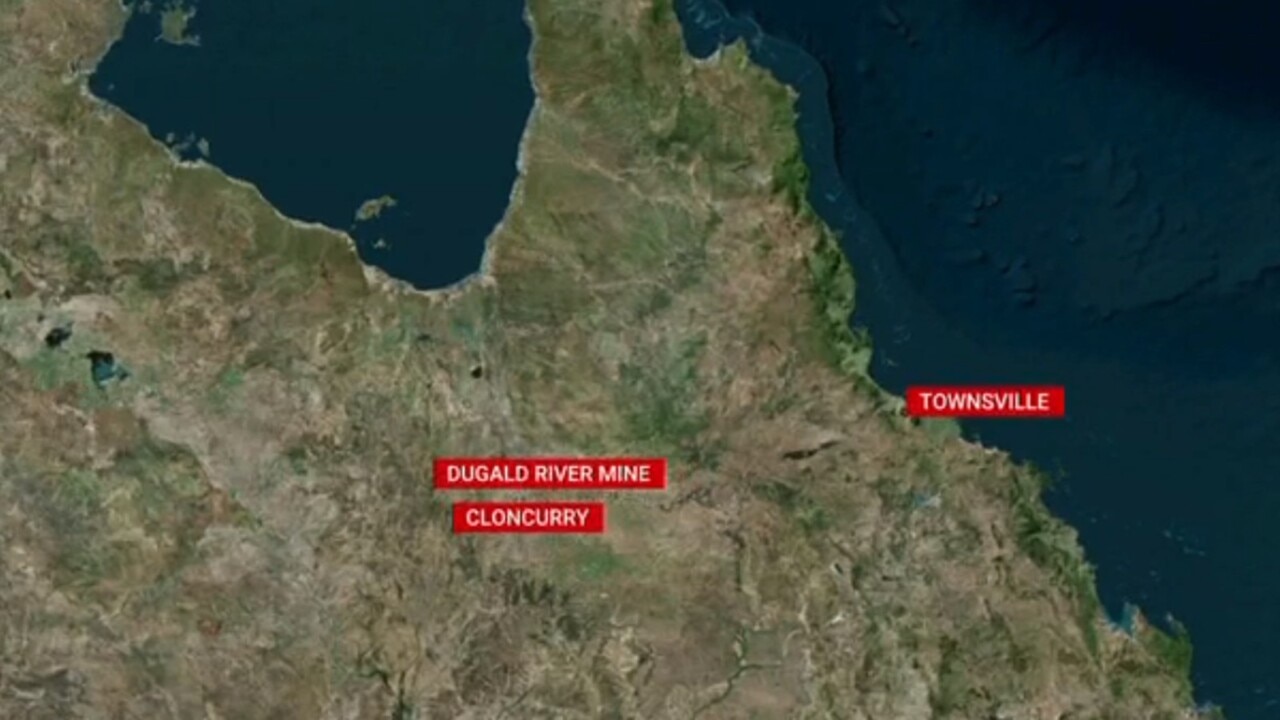
The tragic events at Dugald River in 2023 added to Australia’s list of mining disasters dating back more than a century.
These are some of the nation’s worst mining incidents.
A TERRIBLE TRAGEDY
July 31, 1902
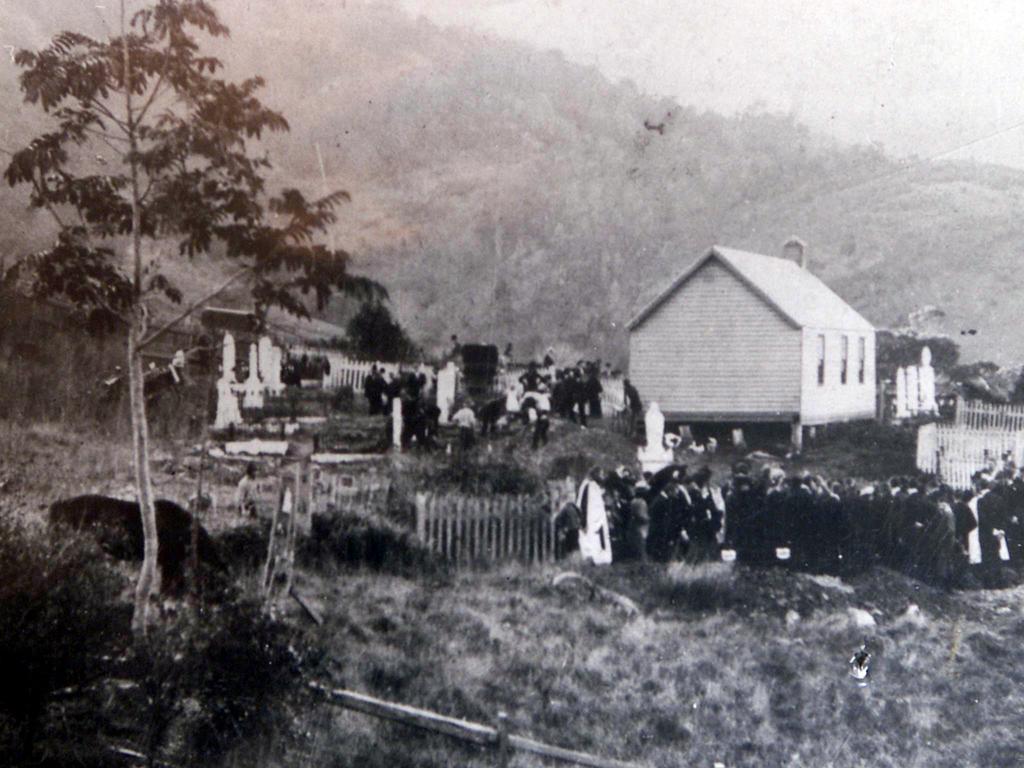
An explosion at the Mount Kembla mine claimed the lives of 94 men and boys working underground and two men attempting to rescue survivors after the explosion.
The Mount Kembla Colliery explosion was so powerful it felt 11 kilometres away and eyewitnesses reported seeing a tongue of flame 12 metres long shooting out of No 1 shaft.
The blast created 33 widows and took the fathers of 120 children, and had an enormous impact on the Illawarra, and more specifically on the village of Mt Kembla.
DARK DAY FOR MINING
September 18, 1921
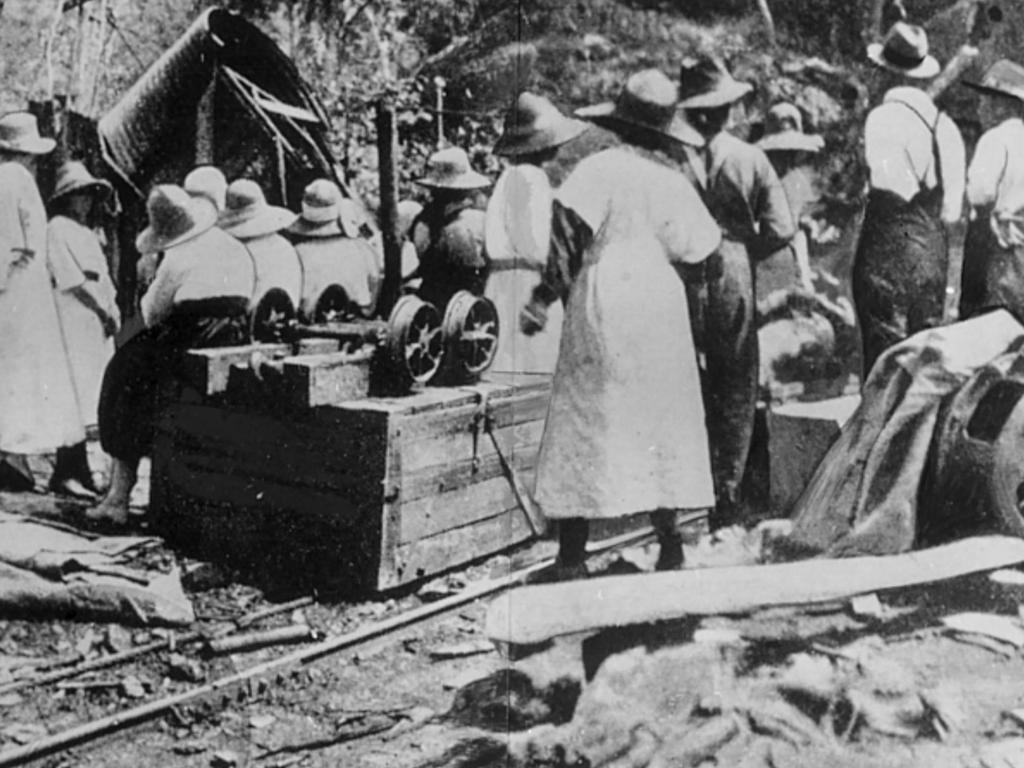
One of Queensland’s worst mining disaster unfolded at the Mount Mulligan coal mine northwest of Cairns.
At 9.25am an explosion rang out across the nearby township that was so loud it could be heard clearly 60km away by residents in Mount Molloy.
The blast killed 75 men out of a total town population of only 300.
The devastation was immense and it took until February the following year to recover the last of the bodies.
The force of the explosion flung several two tonne reels of steel cable 15m into the air. As a result the mine shut, reopening again two years later.
BOX FLAT DISASTER
July 17, 1972
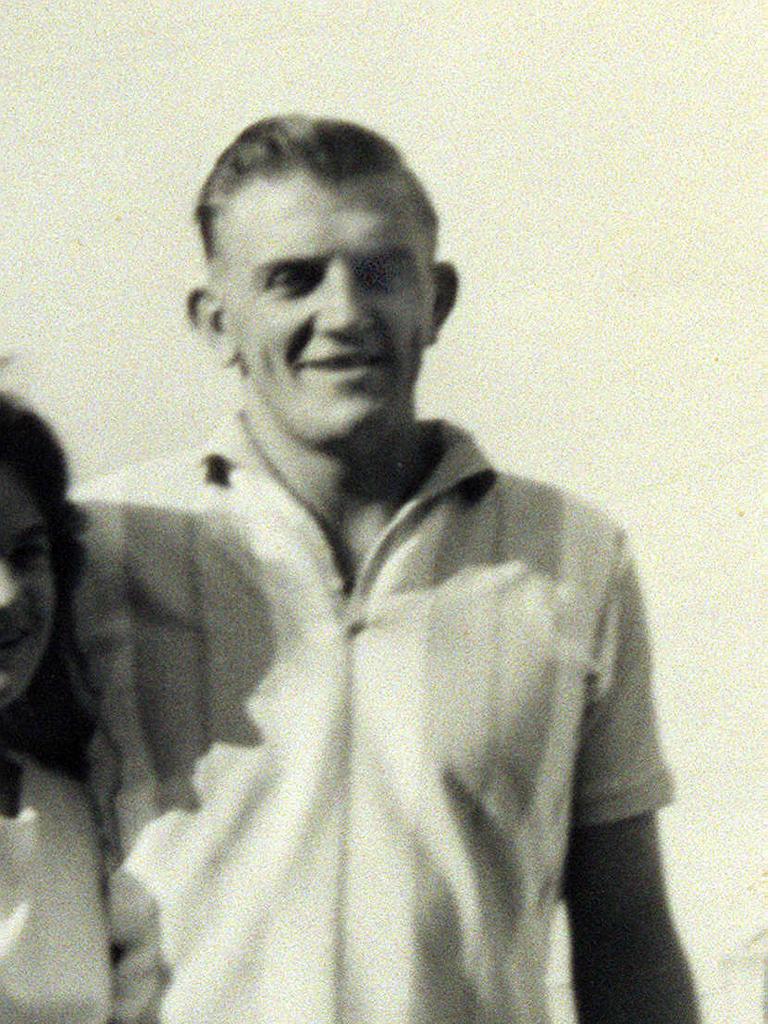
Ipswich’s Box Flat mine endured a massive explosion which killed 17 men and sent two sheets of flame hundreds of metres into the air just a short distance from Swanbank power station.
In 1987 mine disaster survivor Mervyn Jensen expressed his disappointment at the closure of the colliery where he almost lost his life.
“It stinks,’’ he said at the time.
“There’s enough coal around here to supply Swanbank for the next 100 years.’’
Mr Jensen, 70, of Eastern Heights, Ipswich, was seriously injured by the explosion and was in a coma for three months.
“I remember being called out to the mine,’’ he said. “I faintly recall getting the list of men to come out.
“Someone called me on the phone near the mine entrance and I told them to get out of there. I don’t remember the explosion and I didn’t wake up until the end of October.’’
KIANGA SEALS 13 MINERS
September 20, 1975
In 1975 the entire population of Moura stood in silence at the newly sealed Kianga No.1 mine above the irretrievable bodies of 13 miners.
As a portable organ played hymn music, the mining community sobbed and remembered the men, aged from 22 to 54, who lost their lives when gas exploded about 5.10pm.
The day after the tragedy, after sampling showed lethal amounts of carbon monoxide down the shaft, the decision to seal it was announced.
The memorial service was held at the mine entrance the next day.
It was later concluded that “an explosion was initiated by a spontaneous combustion source which ignited inflammable gas and was propagated involving coal dust. The explosion flame front did not reach the surface’’.
THE MOURA DISASTER
July 18, 1986
“The pressure built up, my eyes almost popped, the lights went out, the belt stopped … then this horrific wind threw me up against the wall.
“I started to panic, I thought it was the end.’’
That was the dramatic description of Warren Foden, 17, as he recovered from one of Queensland’s worst mining disasters.
Mr Foden was one of several lucky underground mine workers who cheated death in the No.4 underground Moura mine, where 12 of his mates died.
Mr Foden, who had only worked in the mines for a year, said he was thinking about joining the dozen other men but decided at the last minute to walk to the surface for a snack.
MINE HERO DIES WARNING MATES
June 15, 1989
The body of an employee who made a heroic attempt to warn five fellow Perth workers of a lethal flash flood was recovered from the doomed Emu gold mine.
Police divers found the man’s body 65m from the entrance to a 500m-long tunnel where all six men were trapped under millions of litres of floodwater.
The divers later gave up attempts to recover the other five miners believed drowned in the flooded mine shaft near Agnew, 320km north of Kalgoorlie, Western Australia, because the rescue bid was too dangerous.
Mine worker John Savage said the action of the man was virtually “suicidal’’.
“He must have heard or seen what was going to happen and he went down to warn the guys but got caught himself. He was giving his own life to save his mates,’’ Mr Savage said.
FREAK ACCIDENT KILLS TWO
January 1, 1994
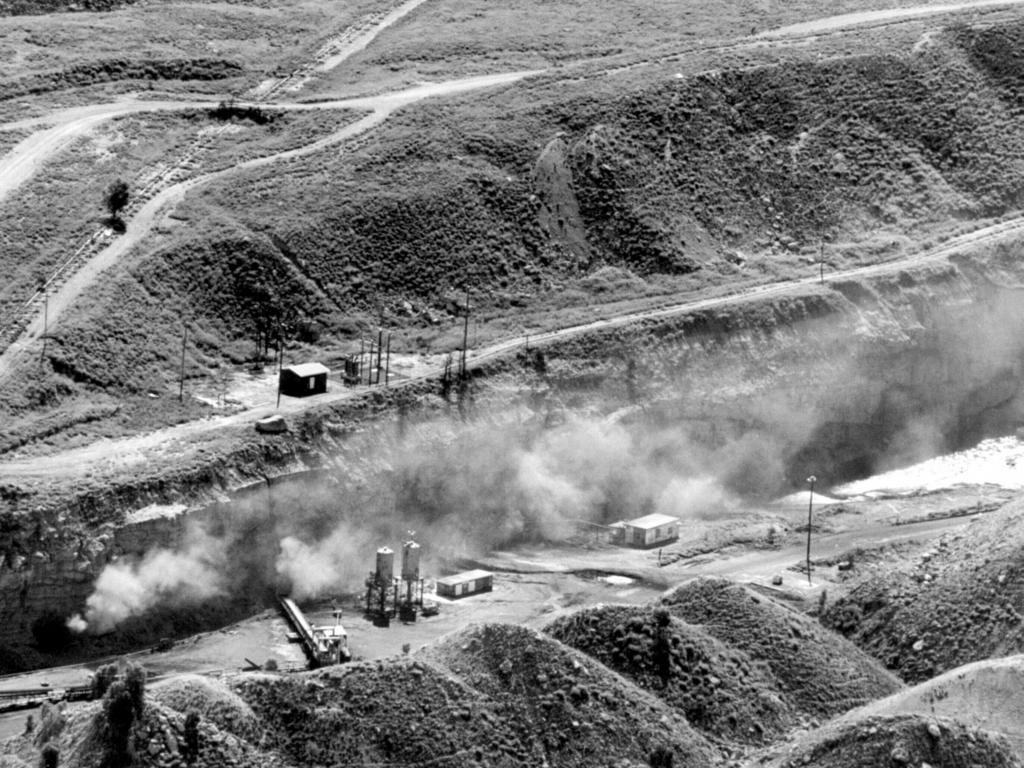
Two miners died and two others were seriously injured in a freak accident involving three vehicles at a Moura open cut mine in the central Queensland coalfields.
Moura police sergeant Peter McGregor said the accident happened when four miners, using three vehicles, were doing maintenance work on a front-end loader at about 10am.
Suddenly, a parked water truck with its engine running rolled forward, hitting their service truck and the loader, he said.
Sgt McGregor said the service truck pitched forward and pinned the men against the loader’s huge front right-side tyre.
“One miner, a 52-year-old plant operator, was killed instantly,’’ he said.
A 46-year-old miner, seriously injured, was flown by air ambulance to Rockhampton Base Hospital where he died about three hours later.
GRIEVING DAD ‘RESPONSIBLE’ FOR MINE
November 14, 1996
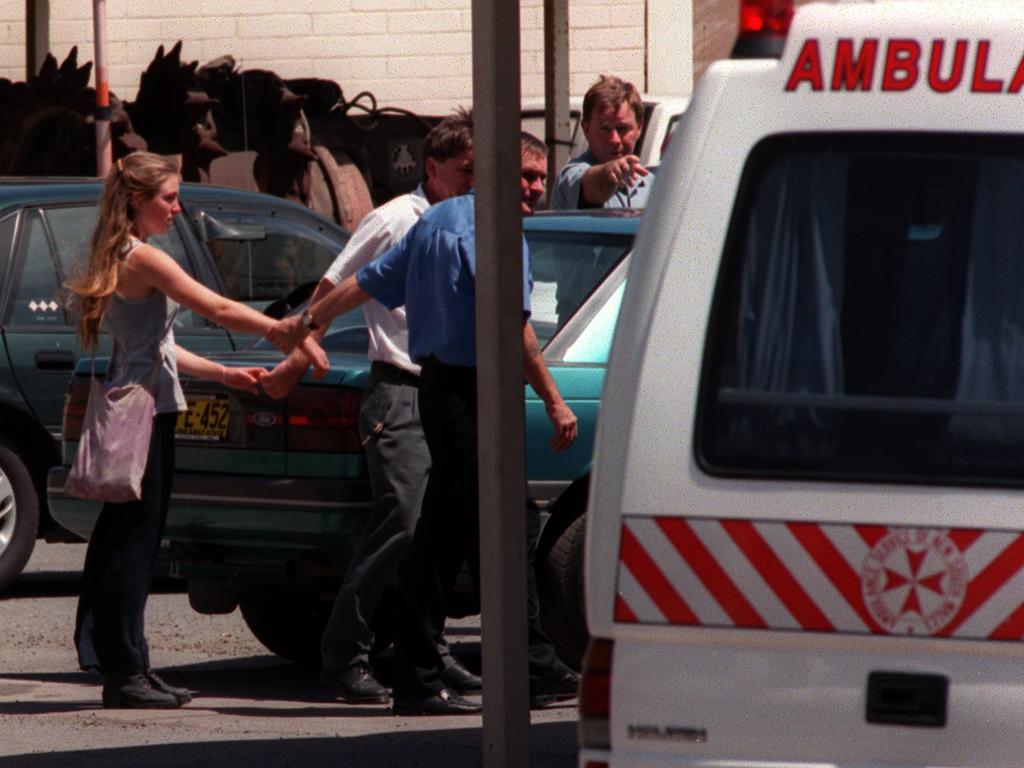
Four men drowned at Oakbridge Pty Ltd’s Gretley Colliery at Wallsend in the Hunter Valley after an excavator cut into a disused shaft filled with water.
Miners Edward Batterham, 48, John Hunter, 36, Mark Kaiser, 30, and Damon Murray, 19, were killed.
It was later revealed the shaft was not shown on Department of Mineral Resources maps.
Ian Murray, the father of the youngest victim, at the time the vice-president of the
Construction, Forestry, Mining and Electrical Union’s mining division, pledged to continue his efforts to improve safety standards.
“I think that the contribution Damon has made to the mining industry won’t be forgotten and this, again, emphasises its hazardous nature,’’ he said.
MINER KILLED, MATE RESCUED FROM RUBBLE
July 7, 1998
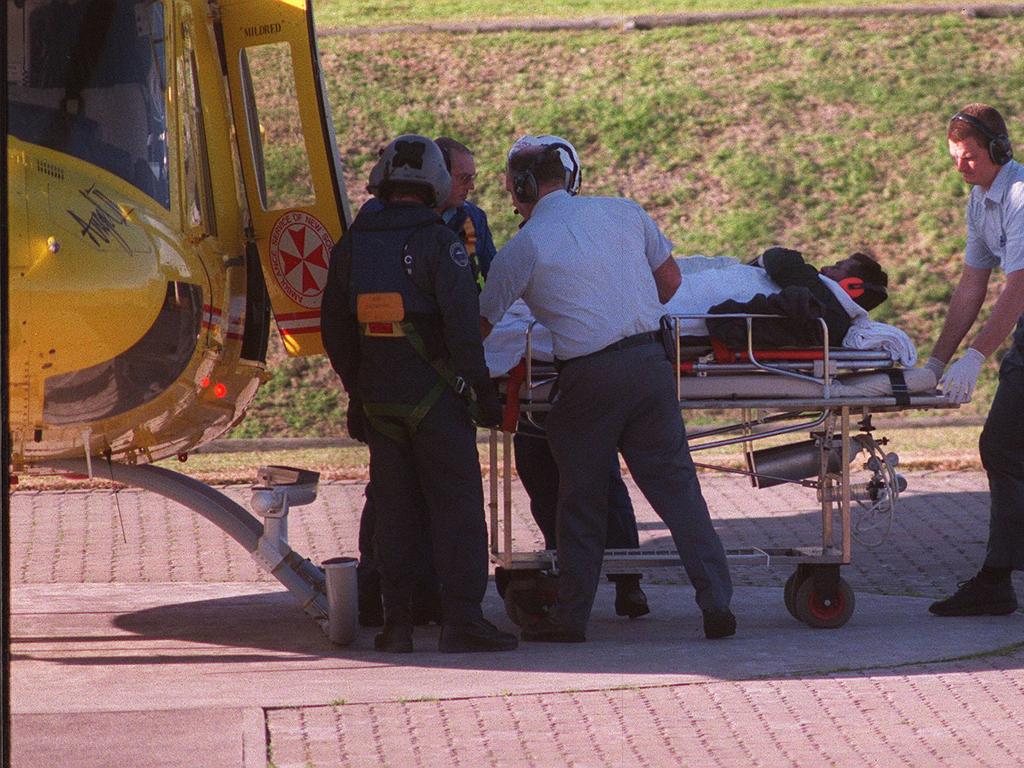
A miner was killed and his workmate injured when the roof of a colliery they were trying to repair collapsed, trapping them under the rubble.
The accident was at the Wallarah colliery at Catherine Hill Bay, south of Newcastle.
The two Wallarah miners were repairing a ceiling when a 5m section of the underground Great Northern Seam collapsed on them, emergency officials said.
Anthony Carroll, 39, from Pelican, was killed instantly. He had been a miner all of his life. He left a wife, Nichole and sons Matthew, 6, and Joshua, 1.
His colleague, 26-year-old Tony Dixon from the Newcastle suburb of Charlestown man, remained trapped for three hours. He was eventually freed and taken by the Westpac helicopter to Newcastle’s John Hunter Hospital with a broken ankle.
FOUR MINERS KILLED IN FREAK SHAFT DISASTER
November 25, 1999
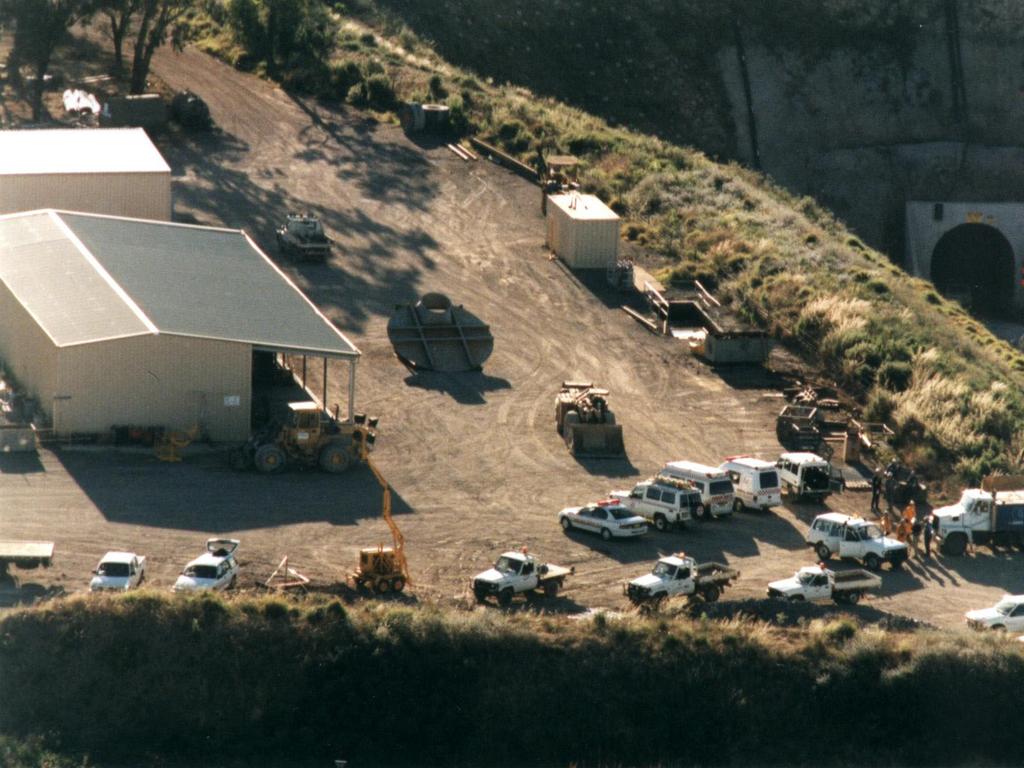
Four miners were killed when a powerful air blast sent a fatal shockwave through an underground mine.
The North Ltd gold and copper mine near Parkes in central New South Wales caved in with the natural blast.
“It’s like being hit by a huge shockwave,’’ said company spokesman Richard Willis.
Two of the victims were killed when their vehicle was tipped over by a rock blast. The other two died in a rock fall.
Thirty others were trapped underground for some time before emergency crews rescued them.
Mining at North Parkes, 30km northwest of Parkes, involves working from beneath a body of copper-gold ore.
Mr Willis said a sudden movement of the ore body had caused two massive ore formations to smash together – precipitating a “huge air blast’’.
SURVIVING BEACONSFIELD
May 22, 2006

Mine heroes Brant Webb and Todd Russell made contingency plans to amputate their own legs with utility knives while trapped underground in Tasmania’s Beaconsfield gold mine.
Amputation ultimately proved unnecessary, but both men seriously considered the option after their legs were pinned by the Anzac Day cave-in that killed their workmate Larry Knight and trapped them “like rats” in a steel cage for 14 days.
“Brant and I, we were prepared to take our leg off if we had to have ourselves freed,” Mr Russell said.
“We had actually discussed that if we had to come to that conclusion, our leg had to come off because it was pinned and it was going to be a risk for us.”
Mr Webb added: “We were going to get the material for tornays (tourniquets) and everything else.”
WORK STARTS TO CLEAN UP MINE
April 16, 2012
Clean-up work was needed at an abandoned mine that turned an outback creek electric blue.
The Mt Oxide copper mine, northwest of Mount Isa, had been spewing high levels of copper into nearby Caves Creek for close to four years, causing potential harm to livestock and native wildlife.
The toxic discharge was first reported during a massive flooding event in 2009, the same year the lease for the disused mine was surrendered.
The Queensland Floods Commission of Inquiry Final Report stated the water flowing out of the abandoned mine, which was started in the 1920s, had become acidic.
It said the disaster is an example of the sort of environmental damage that may occur during a flood, with about 15,000 abandoned mines located statewide.
Georgie Spreadborough, the sister of Verdun Spreadborough, who owns Chidna Station, the property where the mine is located, said the contamination was still causing serious environmental harm.
TOXIC PLUME CLOSES TOWN
April 17, 2013
Mount Isa went into lockdown after a mine explosion at an acid plant sent a plume of smoke over the city.
Police urged residents in the city – with a population of 22,000 in the state’s northwest – to remain inside with their doors and windows closed after a minor explosion near the Mount Isa mine about 6.30pm.
There were no injuries. The incident is not considered suspicious.
Superintendent Russell Miller said it was believed the explosion was caused as a result of a reaction between two chemicals at the plant.
He said officers could see a cloud of “white haze’’ drifting over the city to the north, but away from the mostly densely populated suburbs.
Mount Isa Mayor Tony McGrady said it was lucky no-one was hurt.
MINE IS MAKING TOWN SICK: RESIDENT
June 19, 2013
Almost the entire population of the small central Queensland town of Bluff had diarrhoea from contaminated Ensham coal mine water being emptied into the region’s drinking water, local resident Tim Cumming claimed.
The Environmental Protection Agency allowed the mine to discharge water after heavy rain.
The previous summer the mine pit was submerged during major flooding, drowning a $100 million dragline. The company was allowed to drain the pit into local waterways.
It voluntarily stopped pumping in early September after heavy criticism about poor quality drinking water in towns such as Emerald, Blackwater and Rockhampton.
The company said it had no choice but to resume discharges into the Nogoa River when its three dams filled to capacity after heavy rain.
Mr Cumming said his town 20km east of Blackwater drew its water from the Bedford Weir on the Mackenzie River, downstream of the Nogoa.
“There’s about 300 to 400 here and the water is so crook, just about everyone gets gastric sooner or later,’’ Mr Cumming said.

CHOPPER PILOT KILLED IN MINE CRASH
March 21, 2019
A “larger than life”, highly-skilled professional and fun-loving pilot was mourned by the Sunshine Coast community.
Mooloolaba pilot Kieran Brown, 45, was tragically killed in a helicopter crash in remote South Australia.
He was deploying cables at the Carrapateena Mine as the sole occupant in a Europcopter AS350 when disaster struck.
It has left the Coast’s aviation community reeling, with an outpouring of respects from loved ones and friends.
Coast-based Blue Tongue Helicopters owner Graeme Gillies was a “lifelong” friend and was shocked and saddened at the news.
The veteran aviation operator said it was a “terrible” loss.
“I knew him well, he’s been doing that job as long as I can remember. He was just such a happy go lucky guy,” Mr Gillies said.
FURY OVER HANDLING OF INDUSTRY
January 12 2020

The heartbroken father of a miner who was fatally crushed by a falling 4.5-tonne tyre, lashed out at the industry calling it “a joke” as he reveals new information about his son’s death.
Robin Rabbitt’s son Donald Rabbitt, who was an experience tyre fitter, had been working alone on January 12, 2020 when the shocking incident occurred at Curragh mine – the tyre he was changing had fallen from about waist height crushing him.
Less than two years after Donald’s death Clark Peadon, 54, was fatally crushed by a dragline at 12.43am at the same mine on November 21, 2021.
TRIBUTES FOR LOST PAIR
February 15, 2023

Dylan Langridge and Trevor Davis died after the vehicle that the two missing men were driving fell into a void at a mine near Cloncurry in northwest Queensland.
It is understood a drilling rig fell about 15m down a stope void at the underground Dugald River mine, with the operator able to escape the rig, but two workers in a vehicle behind the drill fell as the ground gave way about 8am.
The tragic news was confirmed by Barminco managing director and Perenti CEO Mark Norwell: “This is a devastating outcome and I want to extend my deepest sympathies and condolences to the families, friends, colleagues and loved ones of Trevor and Dylan, both of whom should have come home safely from work yesterday.”




